

— Blogs —
—Products—
 Consumer hotline +8618073152920
Consumer hotline +8618073152920 WhatsApp:+8615367865107
Address:Room 102, District D, Houhu Industrial Park, Yuelu District, Changsha City, Hunan Province, China
Technical Support
Time:2024-08-30 10:26:31 Popularity:1843
Rain sensor (Rain transmitter) is suitable for meteorological stations (weather stations), hydrological stations, agriculture, forestry, national defence and other related departments, used for remote measurement of liquid precipitation, precipitation intensity, precipitation start and end time. The rain sensor can be used in hydrological automatic measurement system and automatic field measurement station for the purpose of flood control, water supply scheduling, water management of power stations and reservoirs.
ABS tipping bucket rain gauge installation methods may vary depending on the specific model and manufacturer, but in general, you can follow the following general installation steps and precautions:
Read the product manual carefully to understand the parameters and installation requirements of the rain gauge.
Check whether all parts are complete according to the packing list, pay special attention to the integrity of the key components such as the dump shaft and diversion tip.
Check the equipment for physical damage to avoid damage before installation.
Choose a place where there is no vibration, no strong magnetic field interference, and the surrounding ambient temperature does not exceed 60℃, and prevent direct sunlight.
Avoid strong wind areas to avoid blowing over the rain gauge.
Ensure that the installation location around the open, the distance between the obstacle and the rain gauge is not less than twice the height difference between the obstacle and the rain gauge bearing mouth.
Installation base should be flat, stable, using stainless steel ground bolts firmly connected.
The base should be left with a drainage channel outlet and cable channel to facilitate subsequent maintenance.
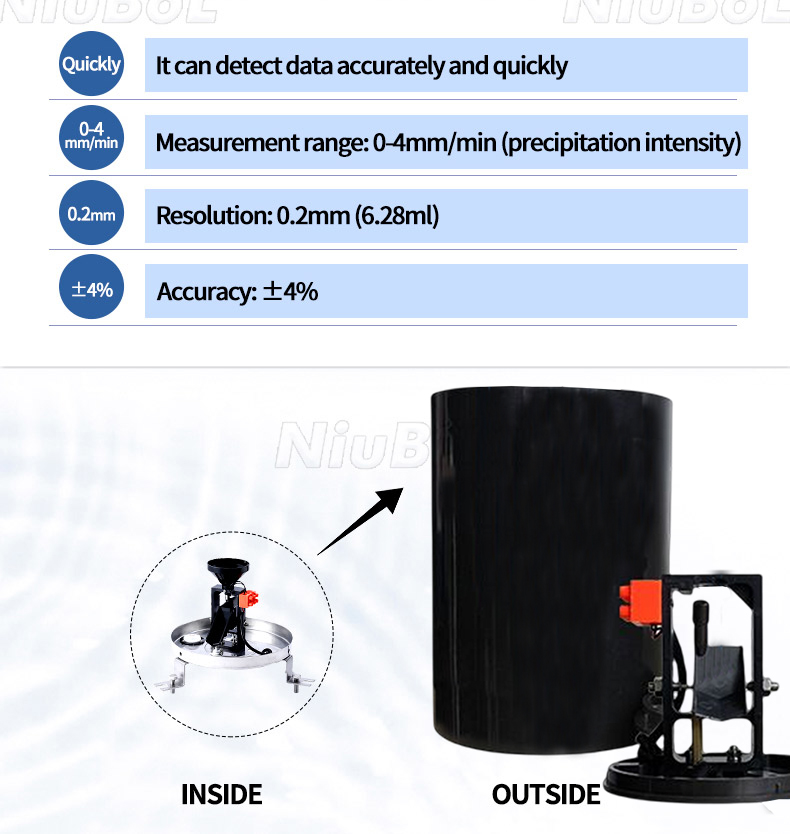
1. Fixing the base:
Construct or place the base in the selected installation location, make sure the base is level and stable.
If the installation is outdoors or on a roof, it may be necessary to construct a concrete platform and drill holes to secure the base.
The mounting location of the sensor may be on the ground, on an iron post flange, or on the roof of the house as required;
2. Install the rain gauge:
Fix the rain gauge on the chassis and use a level to correct whether the centre of the rain gauge coincides with the ground.
Adjust the three levelling screws on the chassis so that the level bubble indicates level (the bubble stays in the centre of the circle), and then slowly tighten the three M8 × 80 expansion screws for fixing; if the level bubble is changed, it needs to be readjusted;
Tighten the connection part between the rain gauge and the base with screws to ensure that it is firm and not loose.
Avoid touching the inside of the tipping bucket during installation to prevent contamination.
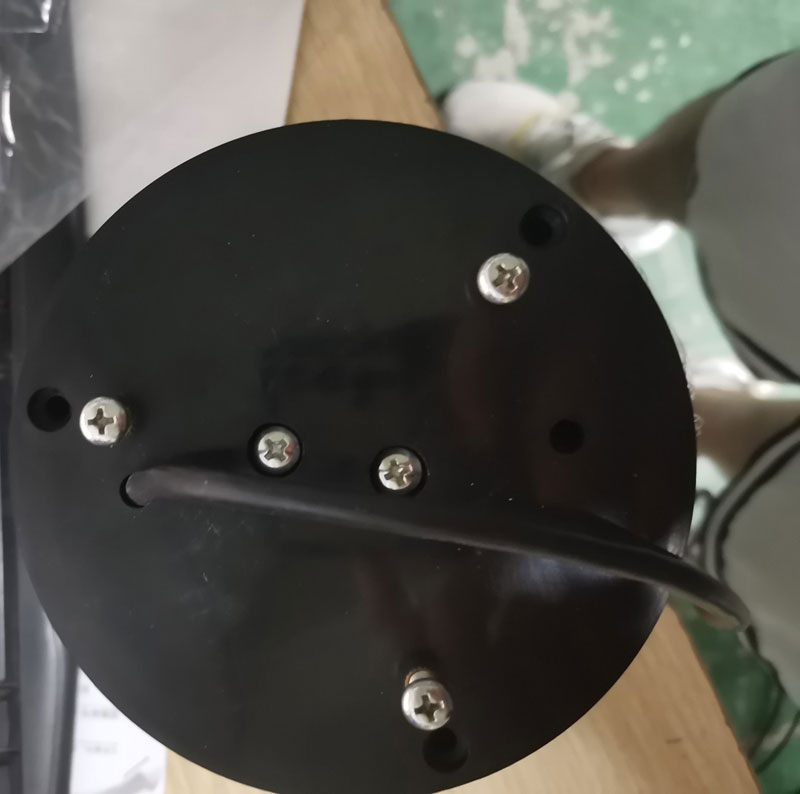 | 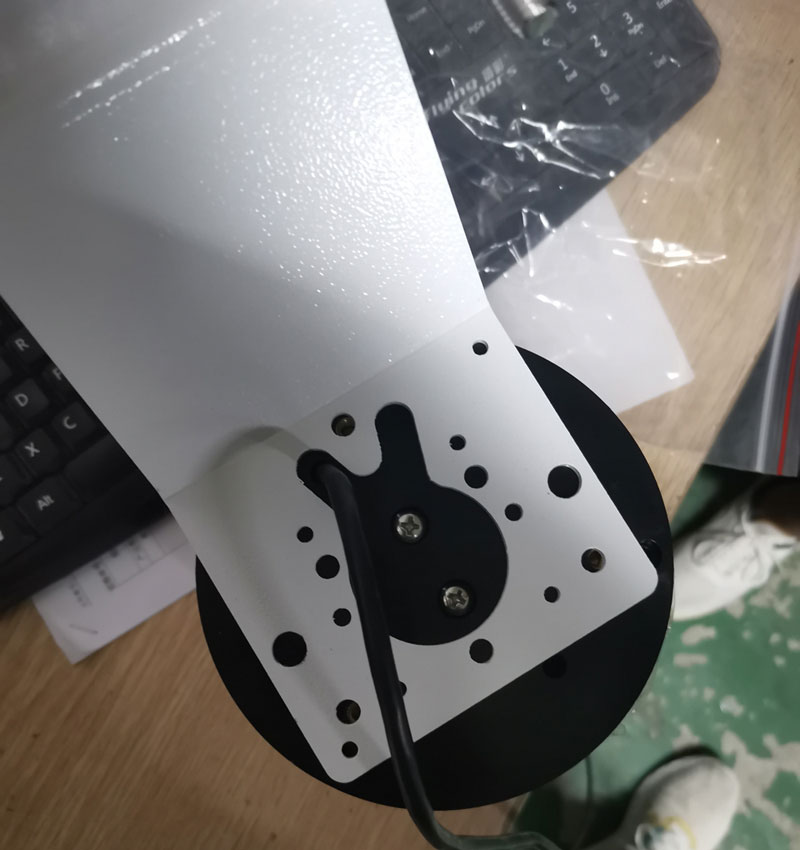 |  |
| Remove 3 screws | Positioning | Tighten the screws |
Assemble and fix the sensor as shown in the above figure, please avoid disassembling the sensor during installation;
3. Adjust the level:
Adjust the level of the rain gauge's rain-bearing port, the allowable deviation of the level is ±1.0°.
If necessary, adjust the feet of the bracket or base to achieve the level requirements.
4. Connect the signal line:
Lead the signal line from the control room through the protection pipe to the rain gauge installation position.
Connect the signal cable to the output terminals of the rain gauge, make sure the connection is firm and well sealed.
5. Installation of protective facilities:
In order to prevent other objects from hitting the rain gauge, you can install protective nets or protective fences, etc..
Ensure that the protective facilities do not affect the normal operation of the rain gauge and data collection.
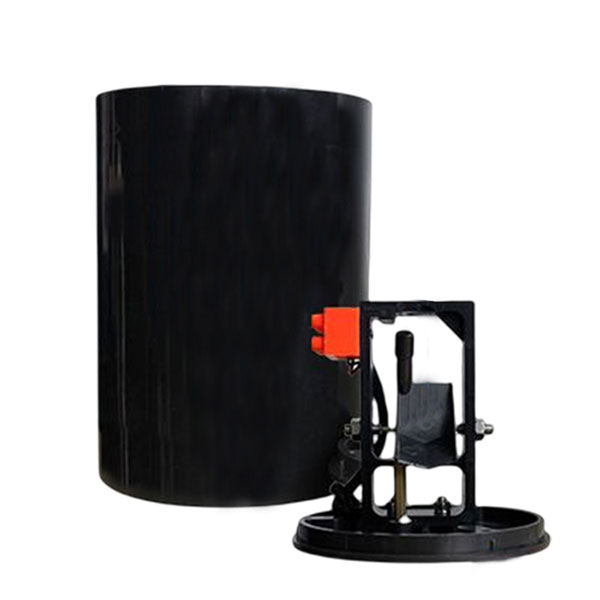
1. Commissioning test:
Commissioning test after installation, check whether the rain gauge can work properly and record data.
After fixing, open the rain barrel and cut off the nylon tie on the funnel, slowly inject fresh water into the rain sensor and observe the tipping process of the tipping bucket to check whether the data are received on the collection instrument. Finally, inject quantitative water (60-70mm), while checking the bucket drainage measurement error is within the allowable deviation (such as ± 4%). if the data displayed on the collection instrument is in line with the amount of water injected, it means that the instrument is normal, otherwise it must be overhauled and adjusted;
2. Check the output signal:
Check whether the output signal of the instrument is normal to ensure that the data transmission is error-free.
3. Record and collate the results:
Record the data and results of the commissioning process, collated into a report for subsequent reference.
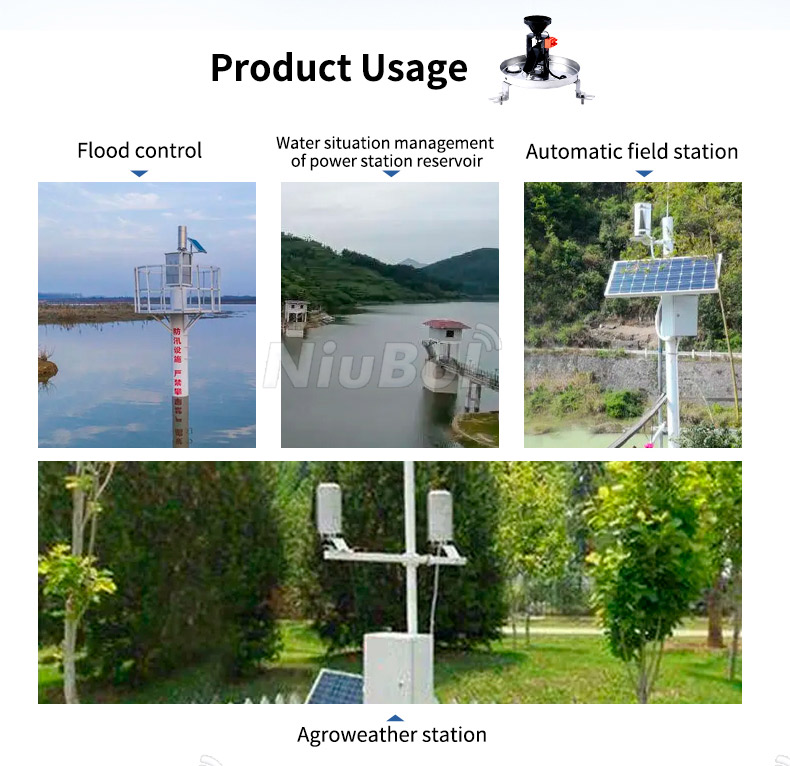
Attention
1, please check whether the packaging is intact, and check whether the product model is consistent with the selection;
2, do not wire with electricity, wiring is completed to check for errors before power;
3, the sensor wire length will affect the product output signal, do not change the use of the product has been welded at the factory components or wires, if there is a need to change, please contact the manufacturer;
4, the sensor should be regularly checked to remove dust, mud, sand, leaves, insects, so as not to block the upper tube (funnel) water flow channels, cylindrical filter outline can be unloaded and rinsed with water;
5, the inner wall of the hopper has dirt, can be rinsed with water or alcohol or detergent water solution, it is strictly prohibited to use fingers or other objects to wipe, so as not to stain the oil or bruise the inner wall of the hopper;
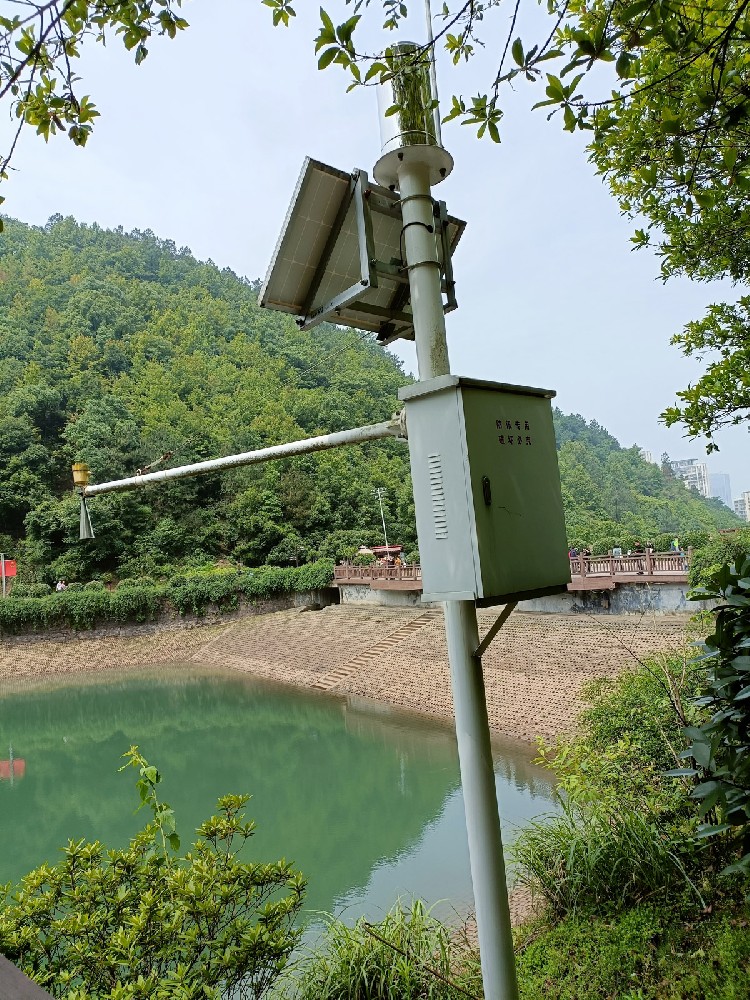
1. Regular inspection:
Regularly check the working status of the rain gauge and data collection to ensure normal operation.
If abnormalities or malfunctions are found timely repair or replacement.
2. Cleaning and maintenance:
Regularly clean the rain gauge tipping bucket and rain-bearing mouth and other components to prevent the accumulation of dust and clogging affect the measurement accuracy.
Pay attention to keep the protection facilities clean and intact.
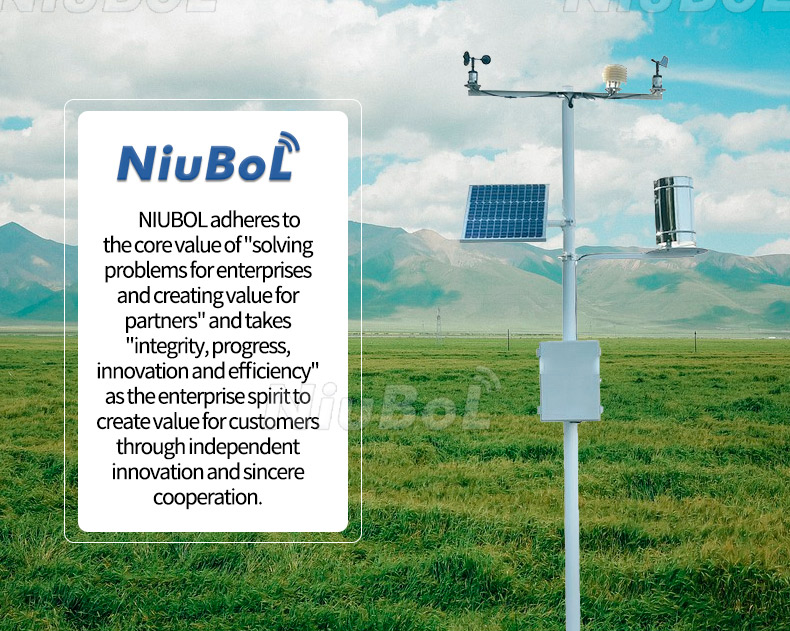
Please note that the above installation method is for reference only, the specific installation steps and precautions should be based on the actual model of the ABS rain gauge and the installation guide provided by the manufacturer.
Related recommendations
Sensors & Weather Stations Catalog
Agriculture Sensors and Weather Stations Catalog-NiuBoL.pdf
Weather Stations Catalog-NiuBoL.pdf
Related products
 Combined air temperature and relative humidity sensor
Combined air temperature and relative humidity sensor Soil Moisture Temperature sensor for irrigation
Soil Moisture Temperature sensor for irrigation Soil pH sensor RS485 soil Testing instrument soil ph meter for agriculture
Soil pH sensor RS485 soil Testing instrument soil ph meter for agriculture Wind Speed sensor Output Modbus/RS485/Analog/0-5V/4-20mA
Wind Speed sensor Output Modbus/RS485/Analog/0-5V/4-20mA Tipping bucket rain gauge for weather monitoring auto rainfall sensor RS485/Outdoor/stainless steel
Tipping bucket rain gauge for weather monitoring auto rainfall sensor RS485/Outdoor/stainless steel Pyranometer Solar Radiation Sensor 4-20mA/RS485
Pyranometer Solar Radiation Sensor 4-20mA/RS485
Screenshot, WhatsApp to identify the QR code
WhatsApp number:+8615367865107
(Click on WhatsApp to copy and add friends)
